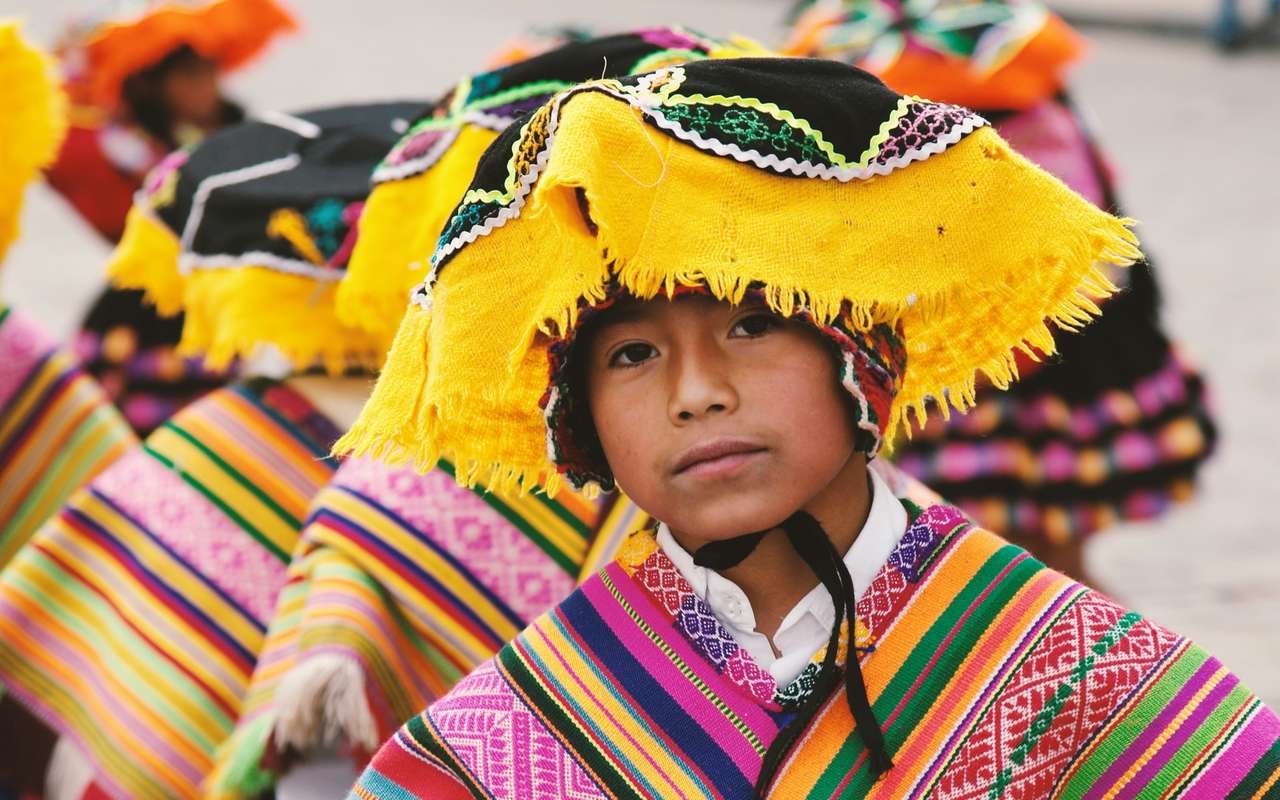
Peru Travel Guide: Everything You Need to See and Experience
DATE:
When people think about Peru, the first thing that comes to their mind is Machu Picchu, the ancient Incan city. The site of Machu Picchu made Peru one of the most popular Countries to visit, but the thing is:
Peru is home to a lot more experiences than just Machu Picchu. The country claims a section of the Peruvian rainforest, stunning Peruvian Andes mountains, a vast Pacific coastline, colonial architecture, and pre-Columbian arts.
Throughout this article, we’ll be introducing you to Peruvian history and culture, and to top it off, we’ll be showing you the places you absolutely can not miss!
You’ll never have more reasons to visit Peru.
Peruvian History And Culture: Discover Peru
Peru has a remarkable history to look into. They are best known for being at the heart of the Incan empire, but archeologists claim the history goes far further back than that.
There is little evidence of organized life in Peru until 2500 BC. And it was around this time that climatic changes started to occur in the coastal regions of Peru.
This saw the early inhabitants start to move towards more fertile lands in the river valleys. Over the next 1,500 years, the Peruvian civilization organized itself into different cultures, which included:
- Chavín
- Sechín
The Sechín people were known for their military leadership rather than any cultural achievements.
The Chavín, on the other hand, was known for their stylized religious icons. They featured stunning depictions of animals and had a considerable influence over the coastal region.
These tribes saw their downfall in the 5th century BC. And it was at this moment, Peru saw a massive rise in regional cultures, including the Saliner and Paracas people.
They were masters of artistic and technological advances, including:
- Kiln-fired ceramics
- Sophisticated weavings
After the Paracas, raised another civilization:
They called the people the Nazca civilization. And although they didn’t build any stunning structures like the Incas, they did do something quite spectacular.
They left curious-looking markings on the desert coast, which are only visible from high up in the sky. It’s unknown why they left these markings, but most experts say it could have been for communication.
But these stunning accomplishments, unfortunately, don’t feel as grand when looking at the pre-Columbian civilization of the Inca.
One of the most amazing things about the Incas isn’t Machu Picchu; it is how quickly the civilization came together and how suddenly it all fell apart.
The Incan civilization came around 1430 and was little more than a river valley around Cusco.
Less than a century later, it’s thought that the Incas controlled almost 1 million square kilometers, which extend from Southern Colombia to Argentina. Just think about how crazy that is, considering the short period it happened in.
The capital of the Incan civilization was known as Qosqo and is thought to be the richest city in the whole of the Americas. The temples were sheathed in gold plates, which must be a testament to the wealth.
Most of the architecture of Qosqu is fragmented, to say the least. But you can still see the remains of the ceremonial center of Machu Picchu.
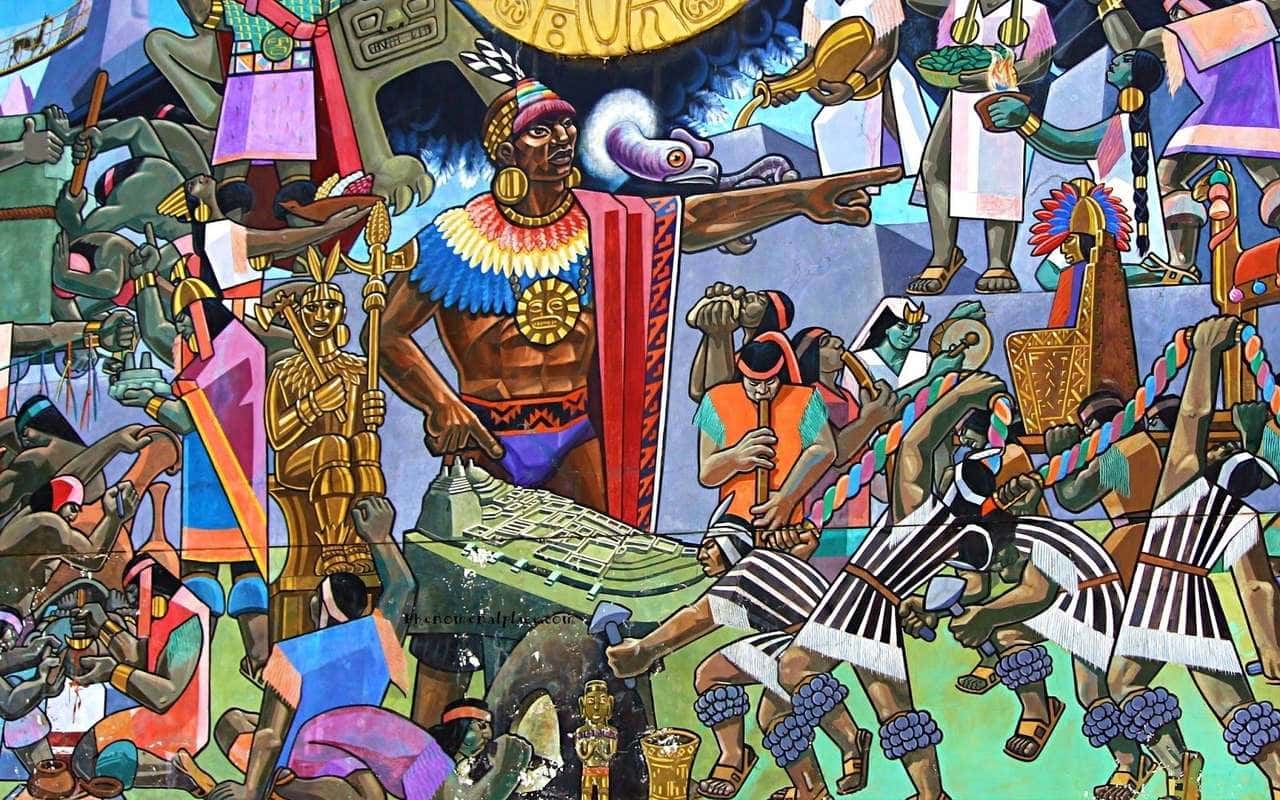
By 1532, the Inca empire was at its height of power and was driven by a war of succession. Unfortunately, this was when one of the greatest tragedies in history came around.
Francisco Pizarro came over with a band of 180 men and decimated the Incas. He executed the leader Atahualpa and sacked the city of Cuzco. The Incas continued to fight for several years but could no longer hold on, which is when the Spanish rule began.
Peru became an important colony for the Spanish, mainly due to the silver mines. They ran the mines with the slave labor of the remaining Incas that survived the years and European diseases.
Strangely enough, while the rest of Latin America was fighting a war for independence, Peru remained aligned with the Spanish Crown.
This changed around 1824 when Peru got their independence with calls for freedom from Jose De San Martin, the liberator of Argentina, and Simon Bolivar, the ruler of Venezuela.
For the next 60 years, Peru was involved in territorial disputes, like the War of the Pacific with Chile. The Peruvians lost the war but remained allies with Bolivia due to the similarities in culture.
After the wars, Peru entered a period of Aristocratic Republic from 1884 to 1930. They had a strong rule from the top and attempted to rebuild the country. Unfortunately, these plans fell apart after the Wall Street Crash in 1929.
This saw the next 50 years of Peruvian history in turmoil. By the 1980s, people were unhappy with what was happening and started manifesting in rural areas.
This led to the Shining Path (Senderos Luminoso) funding guerilla operations of growing coca leaves and turning them into cocaine for narco-trafficking.
In 1990 we saw the rise of Alberto Fujimori, an unknown mathematician of Peruvian and Japanese descent. The people hoped the leader would bring some financial stability back to the country.
But…
In 2000, the corruption scandal broke loose with proof of drug trafficking, embezzlement, and human rights violations. He later resigned from his position.
But how has this history shaped the country’s culture?
Peruvian culture is a mix of Hispanic and native traditions. The Quechua and the Aymara are the two main cultures of Peru, and both speak their native languages.
You’ll also see people in traditional dress with women wearing polleras. You’ll also see ponchos on the highlands, where it starts to become cold.
Peruvian music is very distinctive and can be heard all around the country.
Peru Travel Guide: Top Cities To Visit In Peru
Now you know about the history of Peru and what it’s been through over time, it’s time to look at some of the top cities in Peru.
Here’s our Peru Travel Guide Destinations:
Cusco
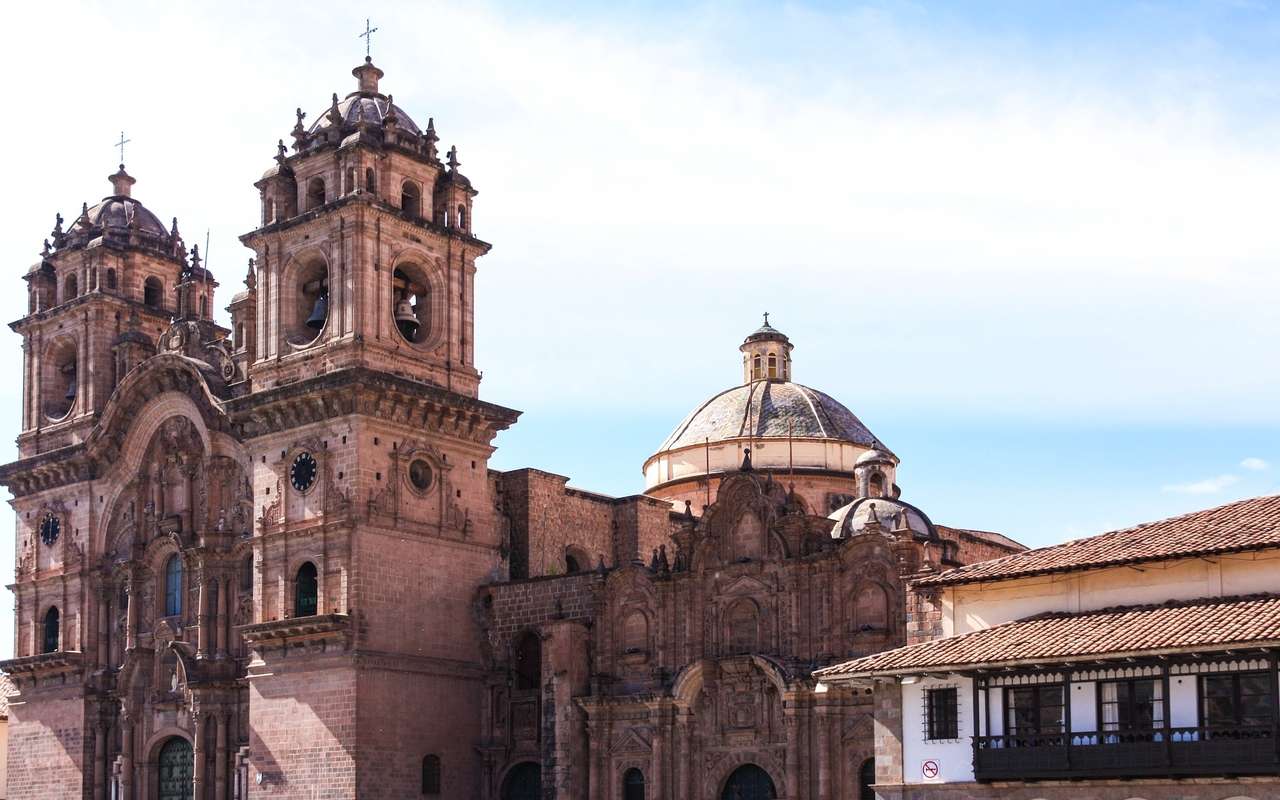
Known as the Imperial City of Cusco, it is one of the major cities of Peru. The city is located 3,399 meters above sea level and is considered one of the most important cities in the county.
This is mainly thanks to the history and its cultural expression. Most people go to the city for its proximity to the world-famous Machu Picchu. But here’s the thing:
The city is also home to many archeological sites, including the Sacred Valley of the Incas and the Rainbow Mountain.
Ica
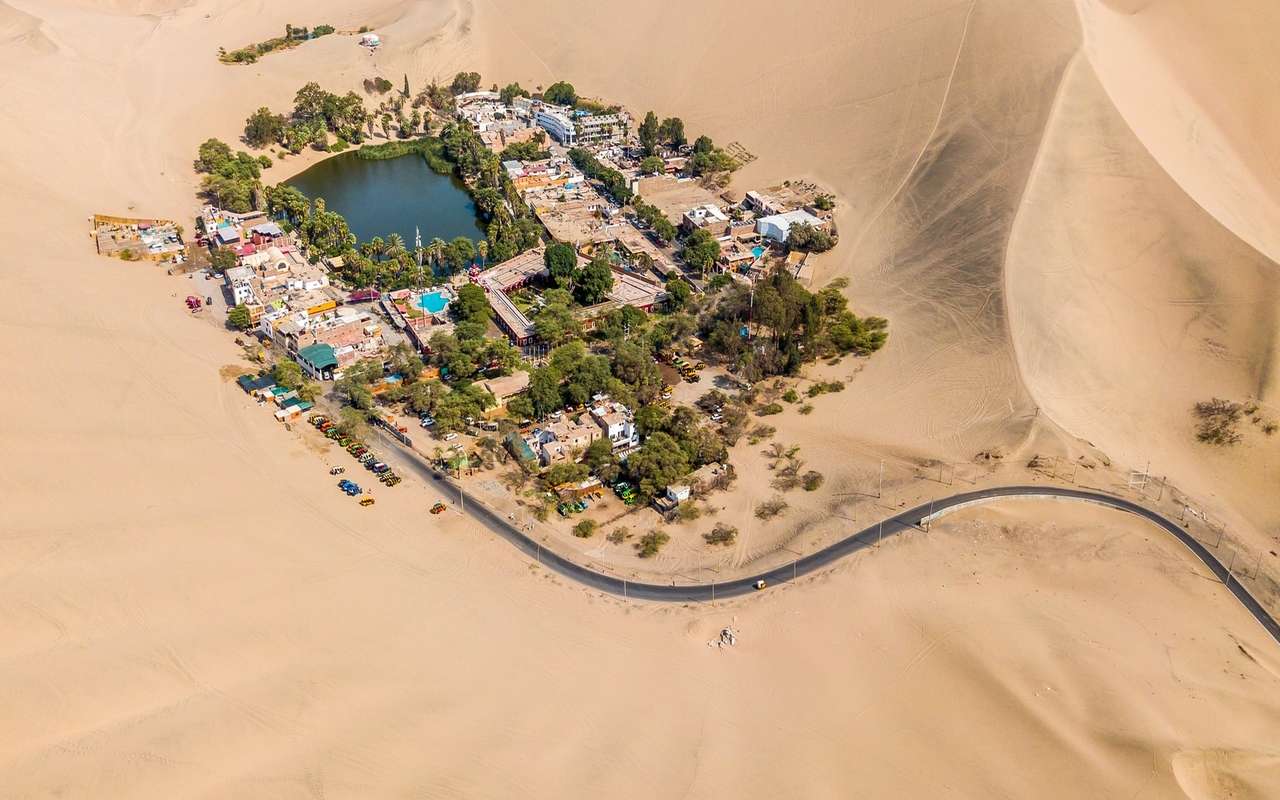
Most people don’t travel to Ica for the city itself, although it is a pretty nice place to visit. Around the area of Ica, you can go for buggy rides and sandboarding around the Huacachina oasis,
But if you’re a fan of history and archaeology, then the city’s outskirts have something special to behold. You’ll find museums with the famous elongated skulls and the Nazca Lines, which very early inhabitants made.
Lima
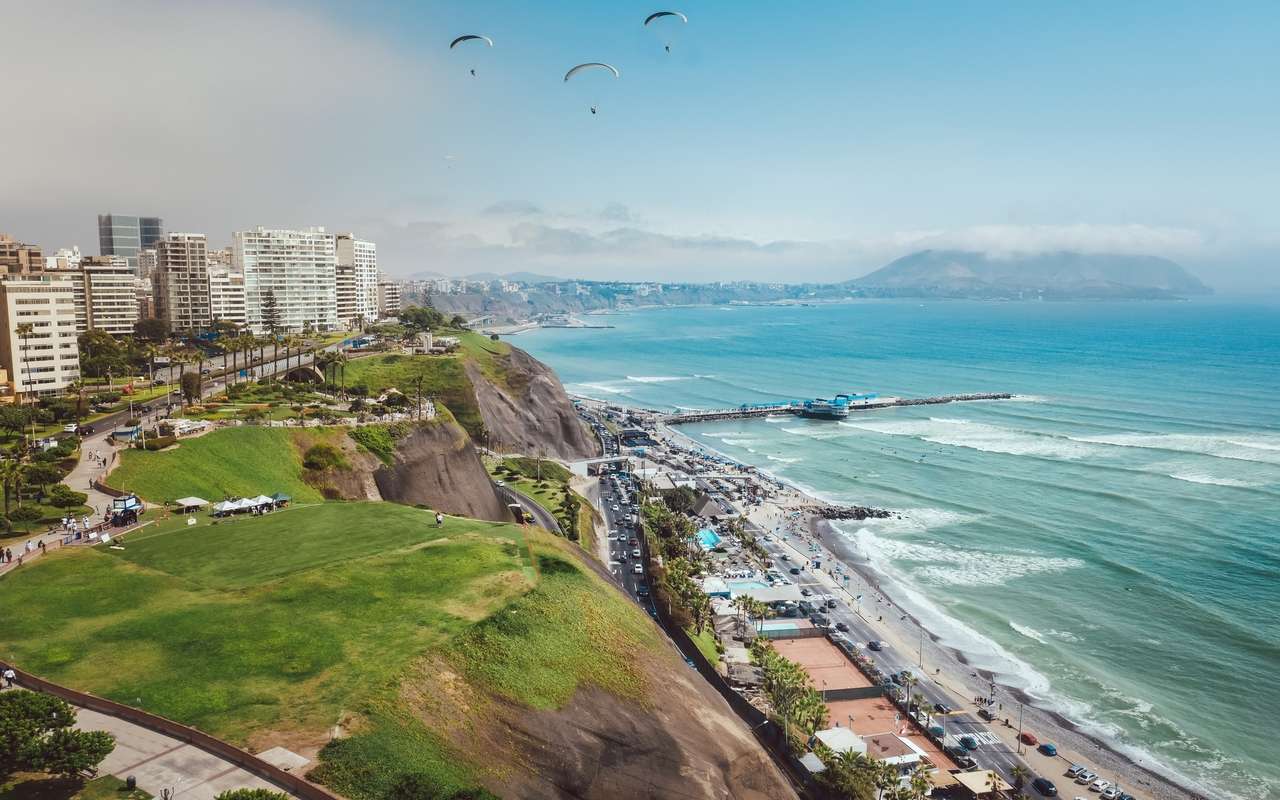
Lima is one of the major cities of Peru. Most people pass through Lima due to the Jorge Chávez International Airport. And even if you’re traveling overland, you’re likely going to pass through the city.
Most people don’t stay long and won’t fall in love with the place, but there are some great places to visit while you’re there.
|
Discover Car Hire |
Why Choose Them? |
|---|---|
 |
|
The city is home to national museums, colonial architecture, and some of the best restaurants. It’s considered to be the culinary capital of the world, which makes it a place to try out at least.
Make sure you take a walk around the historical center of Lima for the colonial architecture.
Puno

When looking at population density, Puno only just scrapes onto the list as Peru’s top 20 biggest cities. But it’s not the population size tourists care about when they take a trip to this city.
It’s known as the Folkloric Capital of Peru due to the traditions and annual festivals. The festivals draw in huge crowds of nationals from around Peru and tourists alike.
Another factor for people traveling to Puno is to come and see the prominent lake. Lake Titicaca is a stunning body of water that connects Peru to Bolivia.
Huaraz
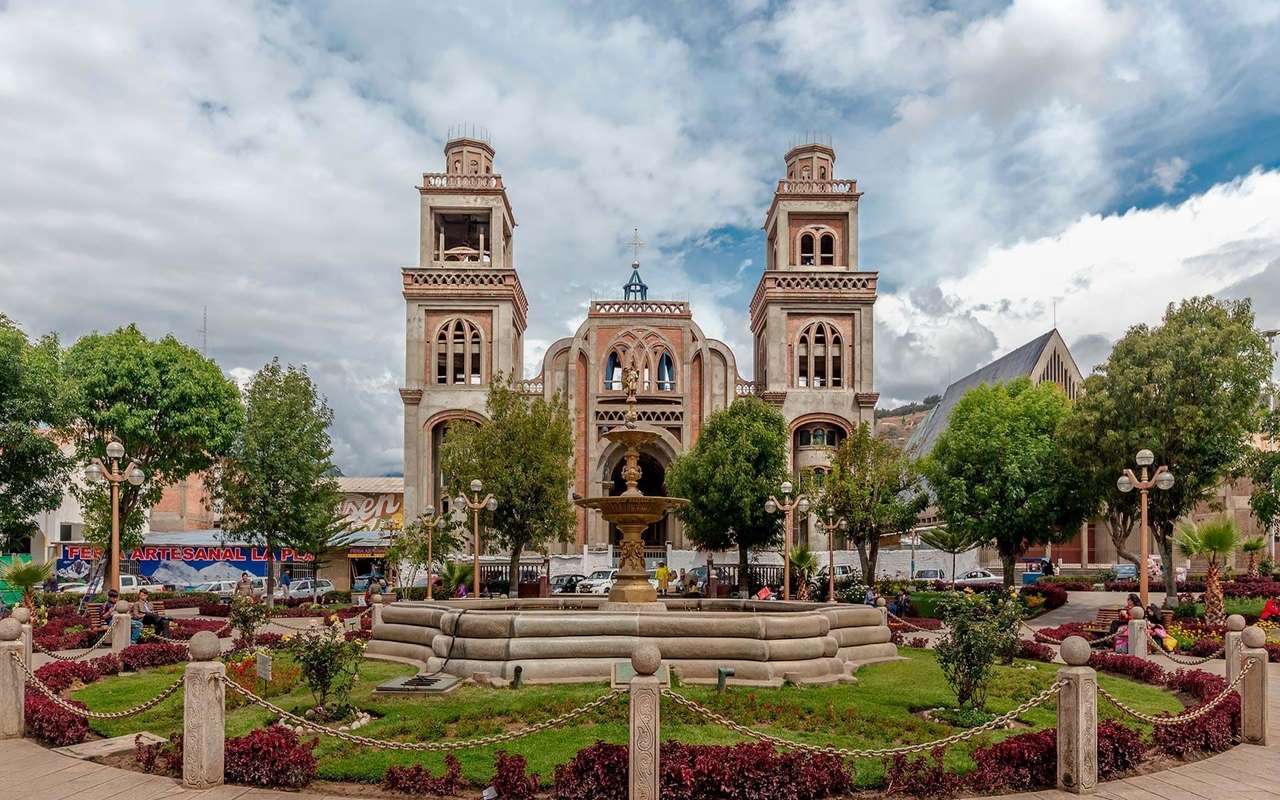
If you’re an outdoor lover, this is a great place for you to come for a visit. The surrounding area is home to the Huascarán National Park and the highest mountain in Peru.
And if you venture further away to the Cordillera Blanca, the glaciers attract hikers, climbers, and snowboarders to the region.
Puerto Maldonado
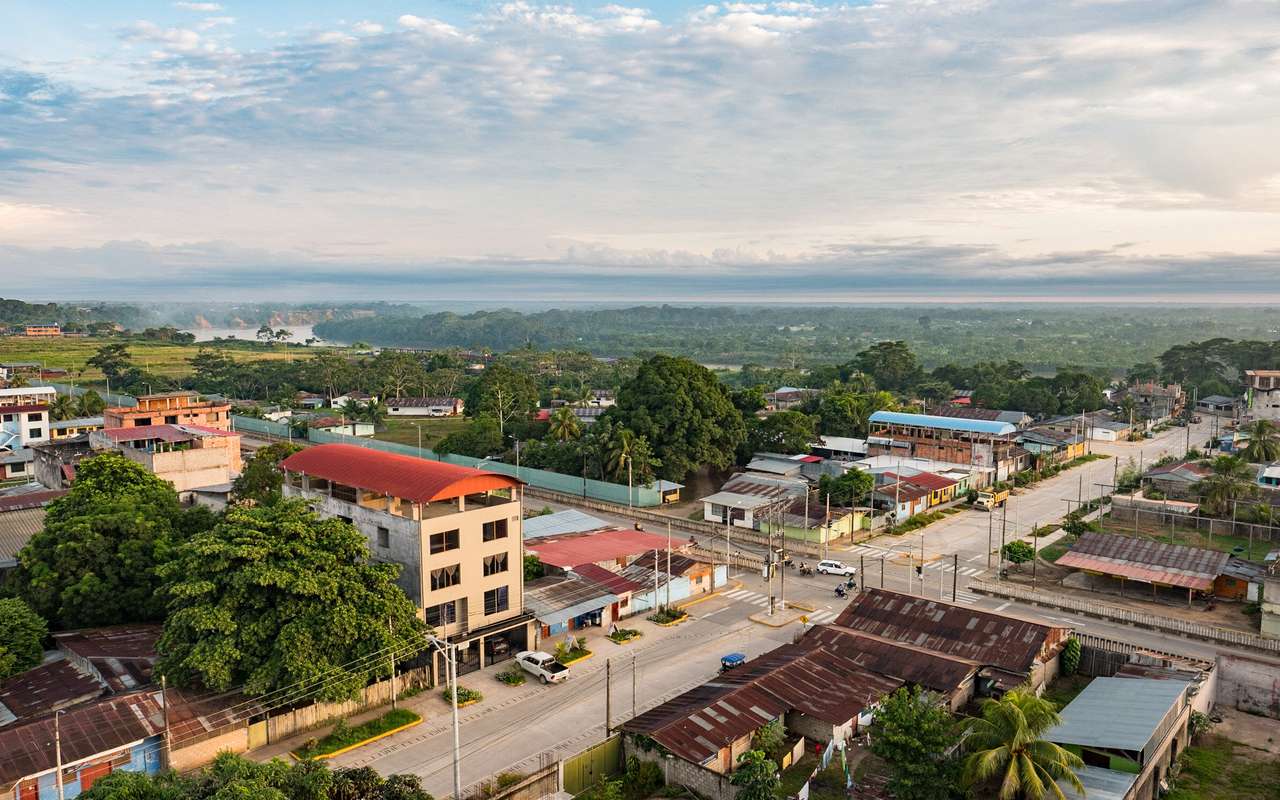
The main pulling point of this city is the surrounding Amazon rainforest. It lies in the Amazon basin and is a great place for checking out jungle lodges.
Most people don’t like the city itself; it feels a bit rough. The main reason for going is its proximity to the national parks:
- Manú
- Bahuaja-Sonene
- Tambopata
The area attracts wildlife lovers from all over the globe to see what the parks have to offer. Thanks to tourism, it has helped the area swing away from logging and gold dredging, which has been abused for 50+ years.
If you’re lucky on one of the river tours through the Amazon, you might find some pink dolphins.
Top Places To Visit In Peru: Most Visited Attractions
The cities in Peru aren’t why people come to this beautiful country; it’s the attractions it offers its visitors.
In this section, we’re going to list some of the top attractions you shouldn’t miss out on:
Machu Picchu

It wouldn’t feel right not to start with Peru’s most famous landscape, Machu Picchu. If there’s any place in the world that never fails to make people’s jaws drop, it’s the great fortress in the clouds.
The world-famous formation sits 2,400 meters above the sea on the spiky ridges above the Urubamba River.
The site was discovered accidentally by an explorer and has become one of the most sought-after locations in the world. The most popular way of reaching the destination is by taking the Inca Trail or the Salkantay Trail.
If you’re looking for an easier way up, you can take the train, but the Inca Trail is a better experience and feels more rewarding.
Huascaran National Park
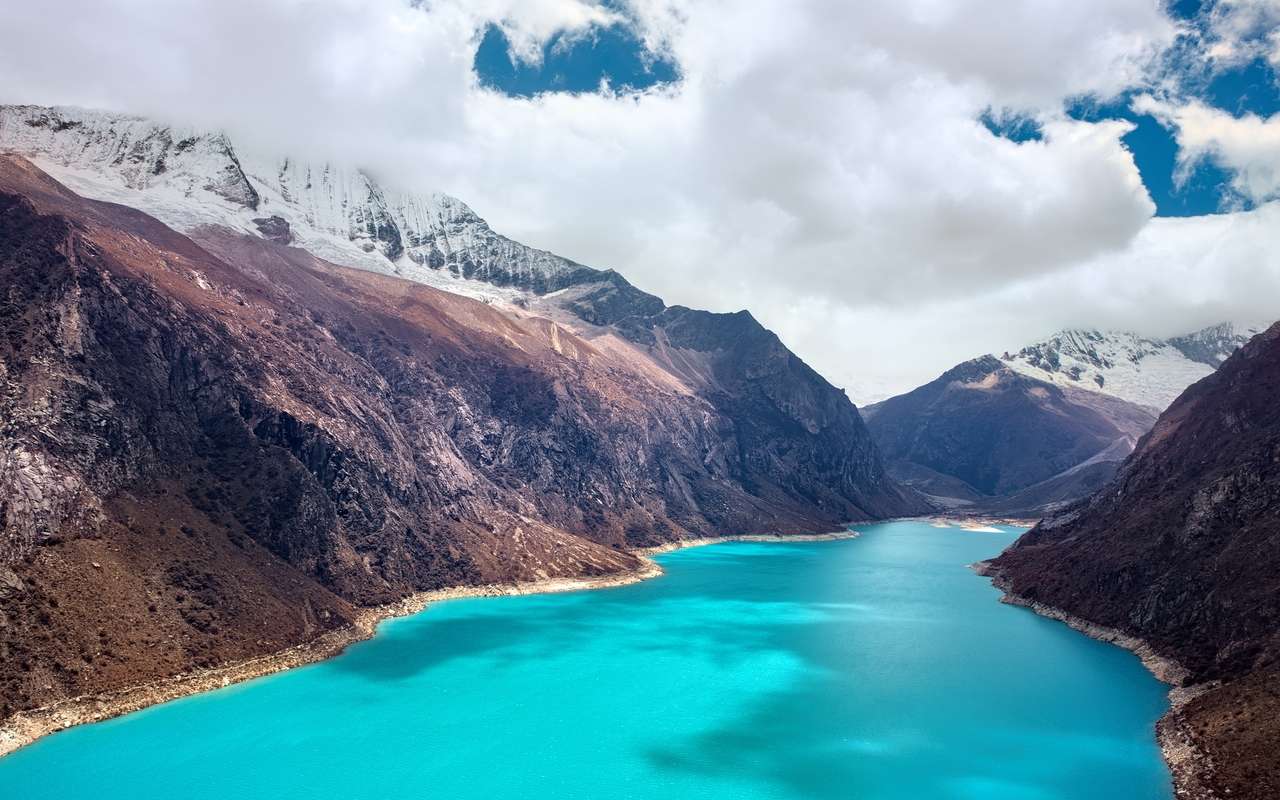
If you’re looking for an adventure of a lifetime, then the huge Huascaran National Park is the spot to go. The park is home to the Cordillera Blanca, the world’s highest tropical mountain range.
The mountain range peaks at 6,768 meters and has more than 600 glaciers on the upper reaches of the range. On top of that, you have countless alpine lakes and rivers down below.
You’ll also be treated to ancient archaeological sites scattered around the area. You can also take part in activities such as mountain climbing, skiing and wildlife watching.
If you’re lucky, you might see the famous puma and the endangered spectacled bear.
Sacred Valley
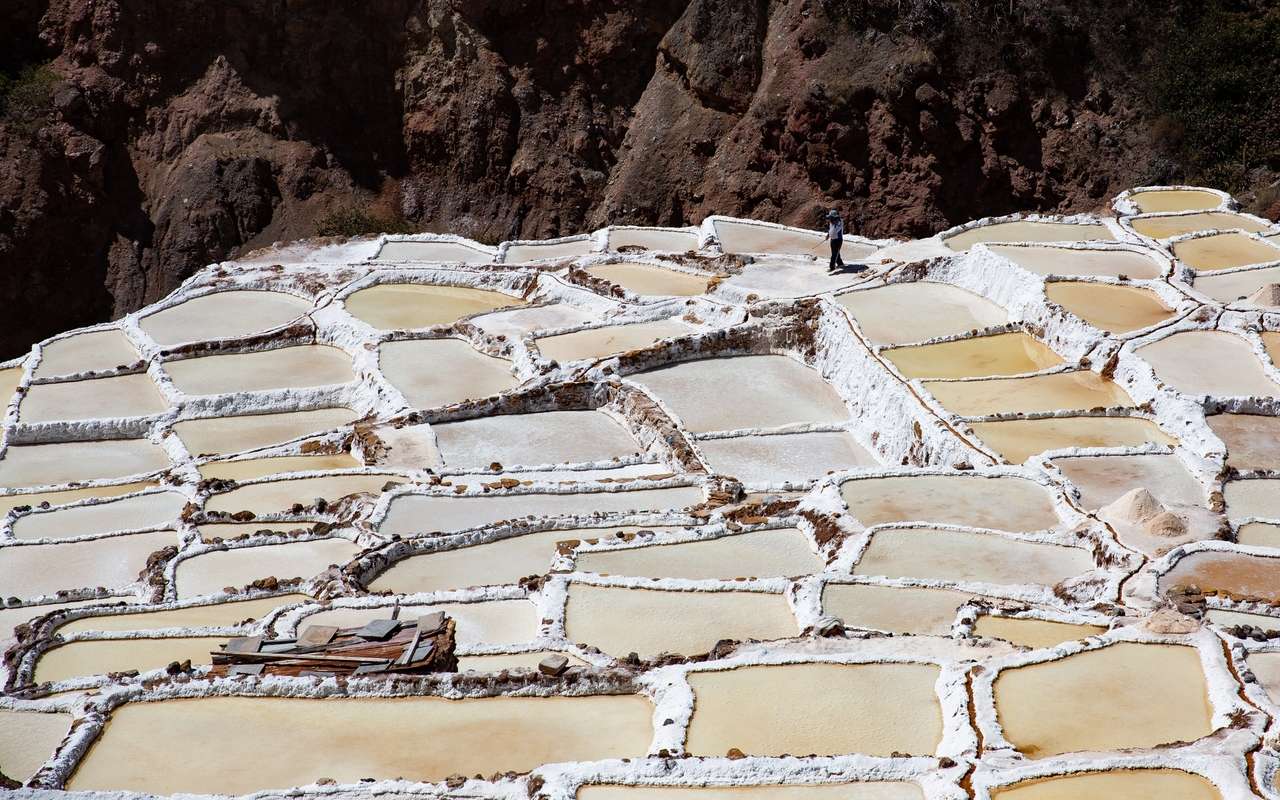
In-between Cusco and Machu Picchu lies a valley of soil so fertile the Inca deemed its sacred land, but now it’s a treasure trove of historic sites.
The most impressive ruins of the Sacred Valley are found at the Ollantaytambo, which is the site of the last famous victory of the Inca over the Spanish. It features ceremonial baths, a sun temple, and trapezoidal doorways.
It almost feels like a Machu Picchu, just not quite as stunning. There are also a few more sites worth checking out, which include Pisac, Moray, and Salineras.
Colca Canyon
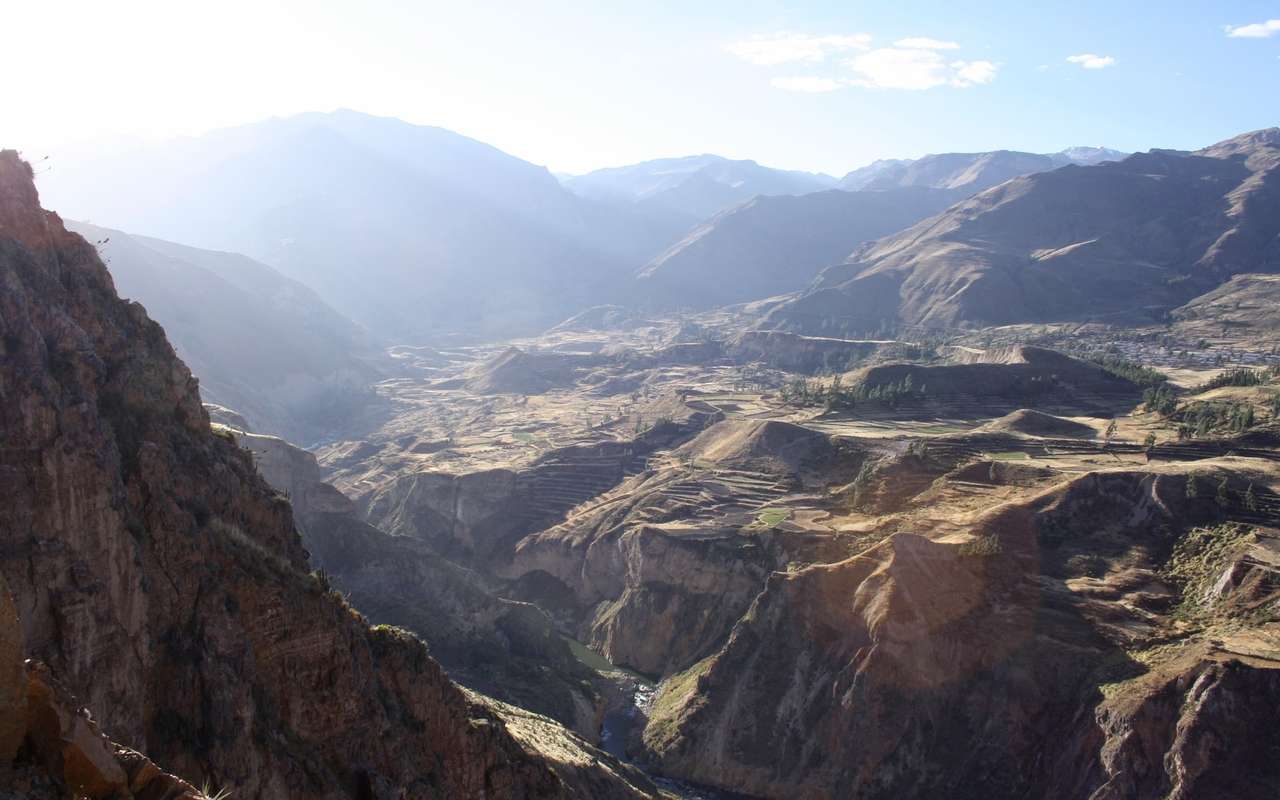
The canyon is located in the southern Sierra region and is one of Peru’s most popular tourist locations. The canyon spans over 70 km and is the world’s second-deepest canyon. To put it in perspective, it’s deeper than the Grand Canyon.
It’s not just the canyon’s size that takes people back; it’s the diversity of the landscape that really draws people in.
Archaeological sites and ruins are dotted around the canyon, and locals seem to keep with their ancestral traditions.
Inca Trail
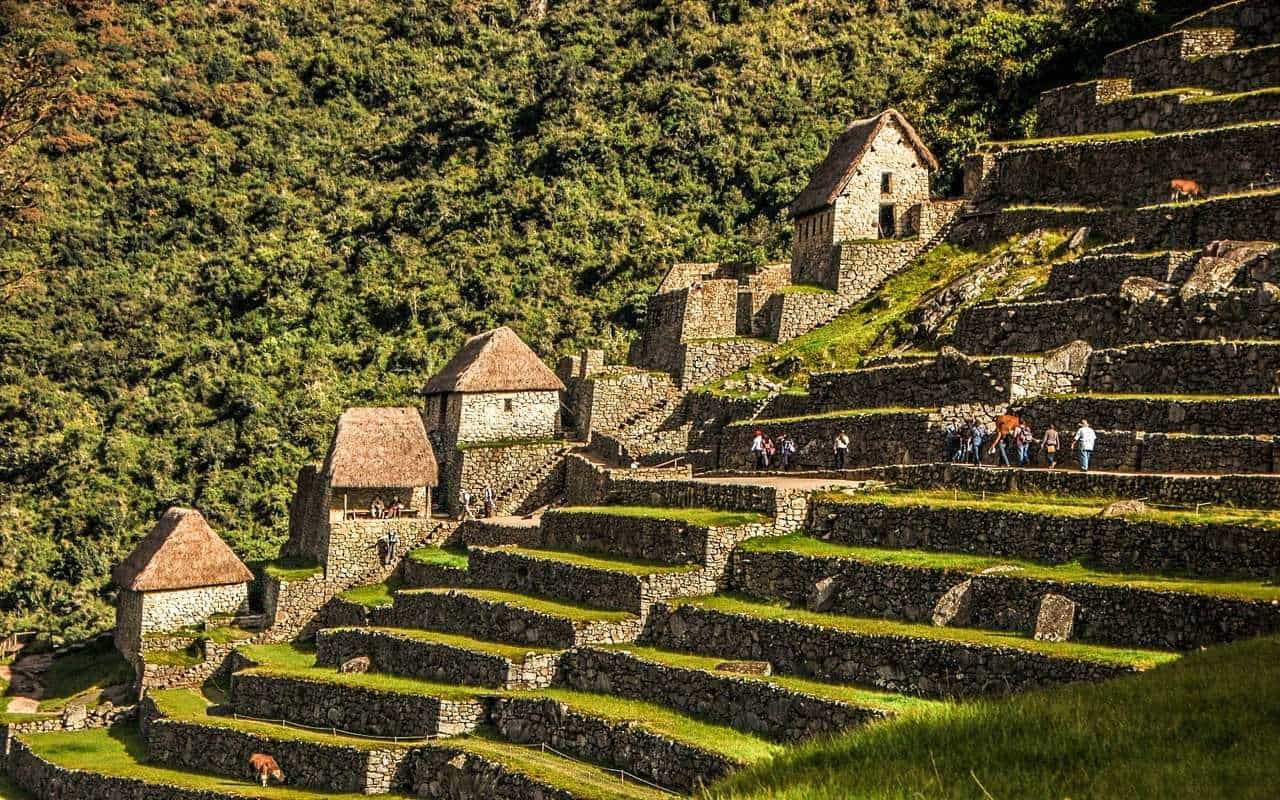
Is there a trail quite as famous as the Inca trail? The hike takes four days to complete and starts just outside Cusco. The end goal is reaching Machu Picchu – the Lost City of the Incas.
While hiking the Inca Trail, you’ll be using ancient stone paths and trails that the famous Incas themselves laid down centuries ago.
Due to the Inca Trail being so popular these days, you need to book with an operator and have the option of several different trails, each one varying in distance.
If you choose to hike the Inca Trail, you’ll be blessed with an unforgettable experience when you reach your goal.
The Nazca Lines
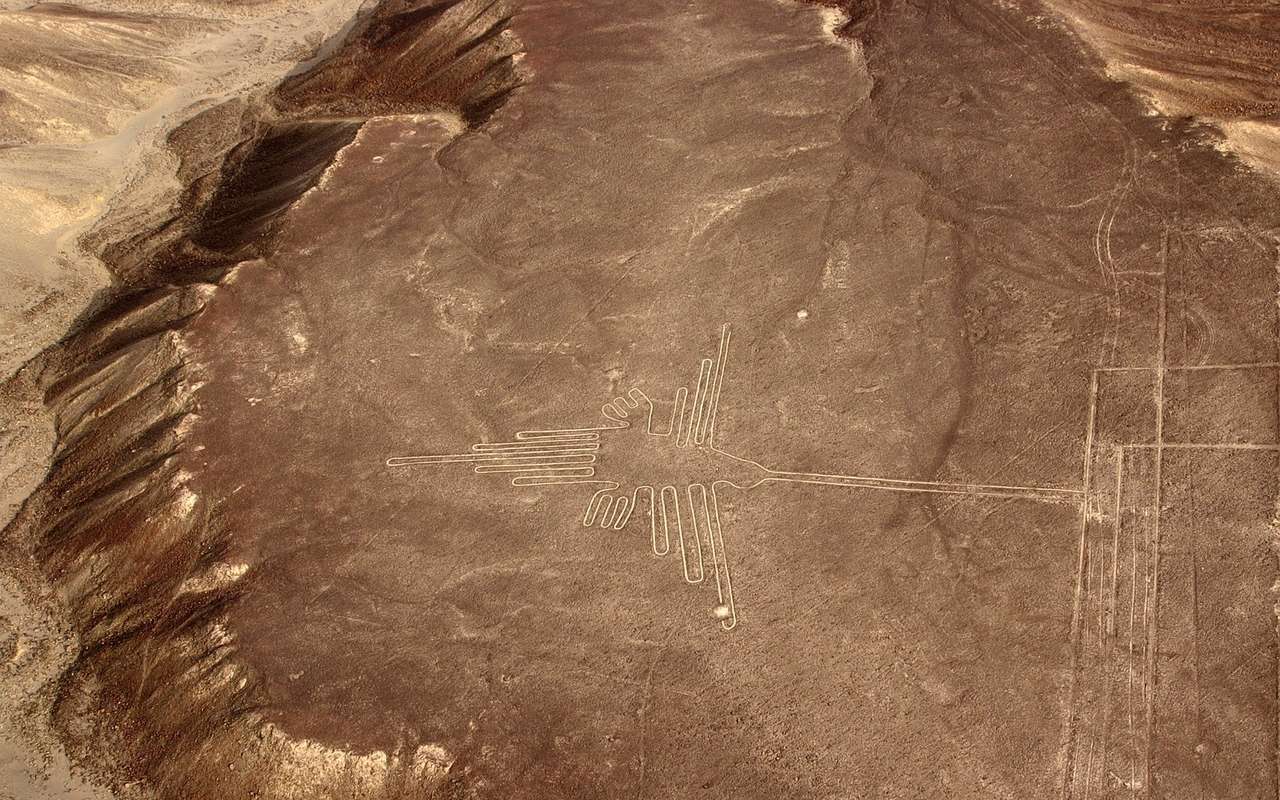
Pilots first spotted the lines in 1920, and ever since, they have fascinated people. Who drew them, and how/why did they do it? The answers have never been revealed; professionals claim they were drawn by the Nazca tribe, while conspiracy theorists claim aliens drew them.
Whichever story you want to believe, one thing is for sure… they are mighty impressive. You’ll see 70 drawings ranging from giant plants, animals, and geometric shapes when viewed from above.
The longest drawing is a whooping 300 meter long, which is just crazy to think about. You’ll see this marvel in southern Peru, and it really makes the trip worthwhile.
Chan Chan
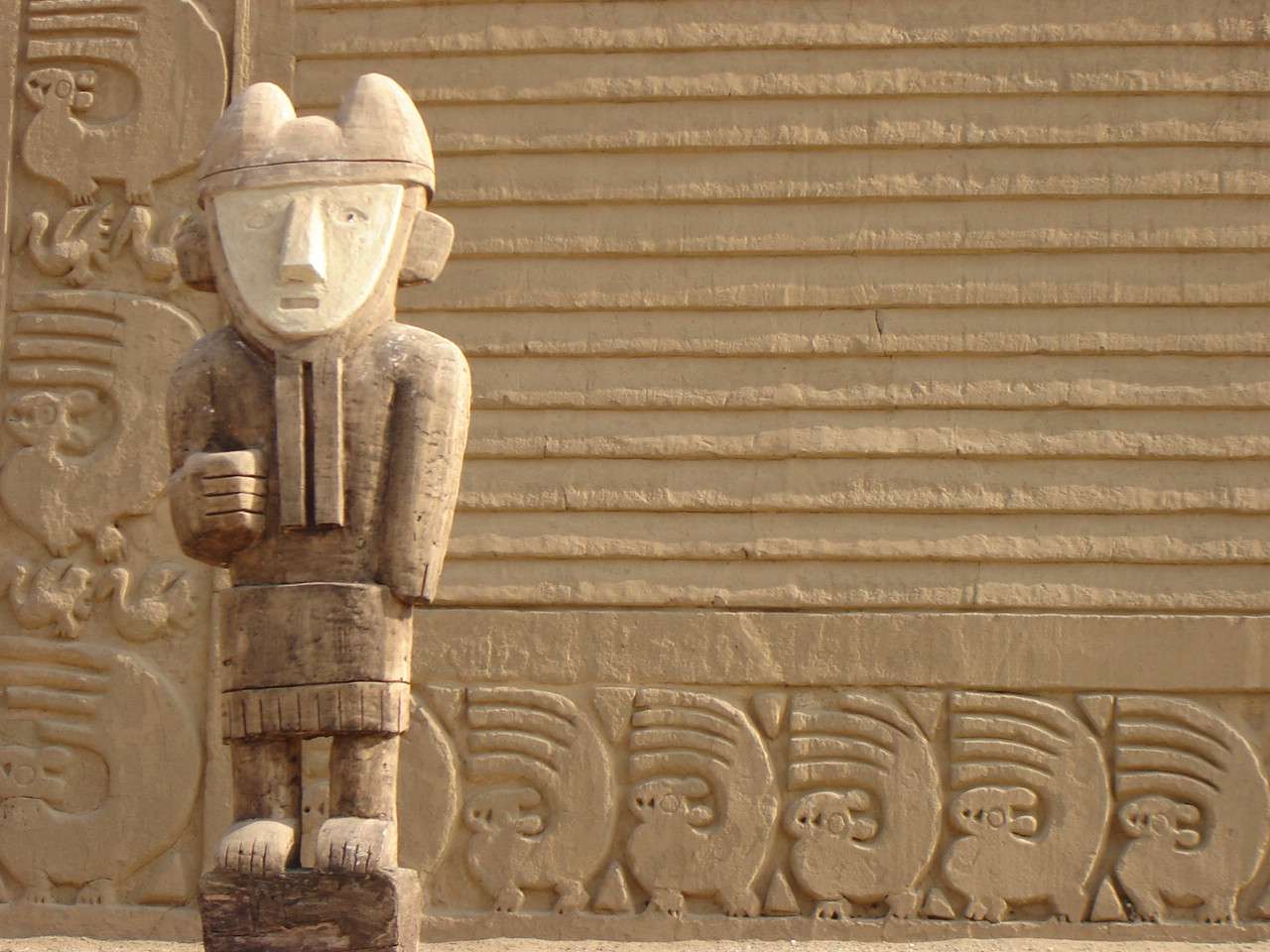
Chan Chan is the gateway to the arid desert oasis of Moche Valley. It’s one of the most fascinating pre-Columbian dig sites in all of Peru. It’s thought these stunning carvings were made in the middle of the 9th century.
It’s thought that this location was once the epicenter of the powerful Chimor Empire until the conquistadors established a new base nearby. Today you can see countless defense walls, temples, complex irrigation systems, and courtrooms.
Paracas National Reserve
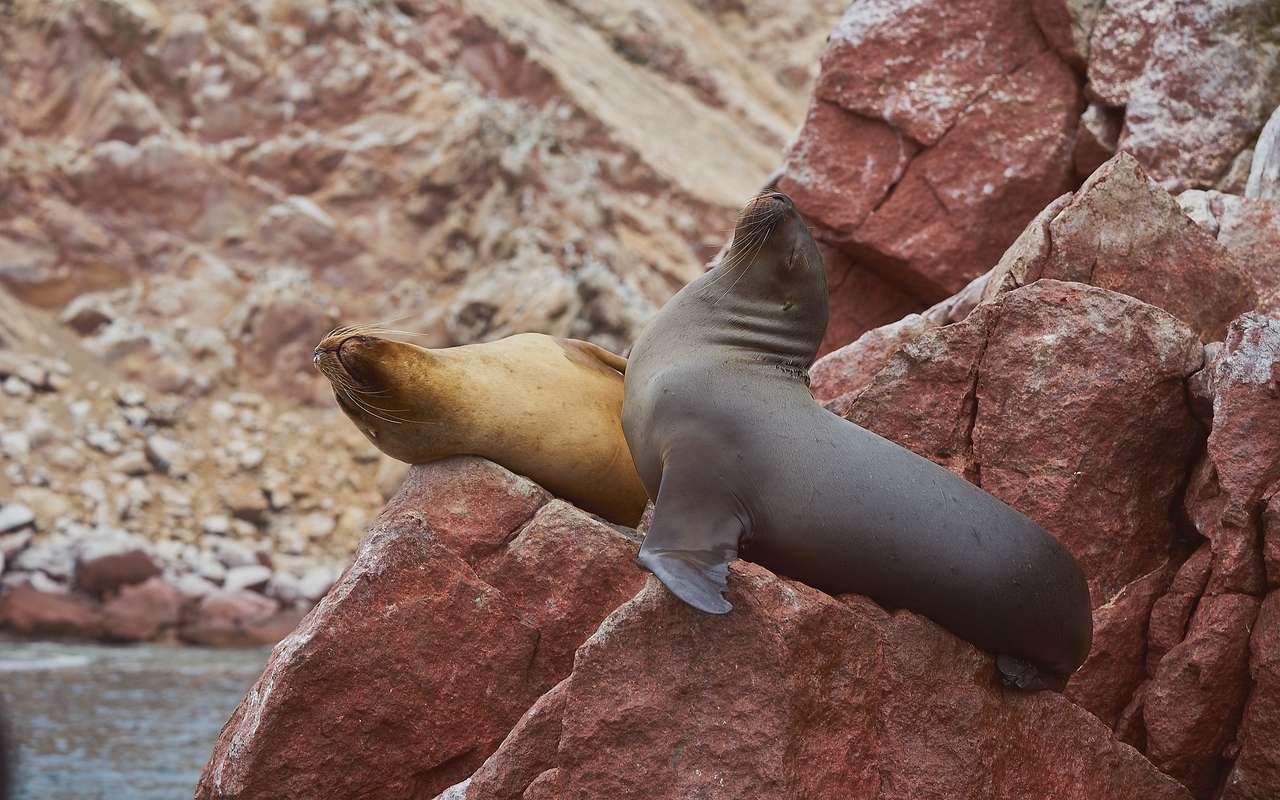
The area is known for its dramatic scenery, thanks to the blend of desert and coastal lines. You’ll also find a wealth of archaeological sites ready to explore, along with a huge range of stunning wildlife.
The fierce Pacific ocean waves crash against the jagged cliffs and create small coves where you can relax in warm waters.
You can also take boat trips to the Ballestas Islands to gaze at mesmerizing rock formations, sea birds, seals, and sea lions.
Rainbow Mountain
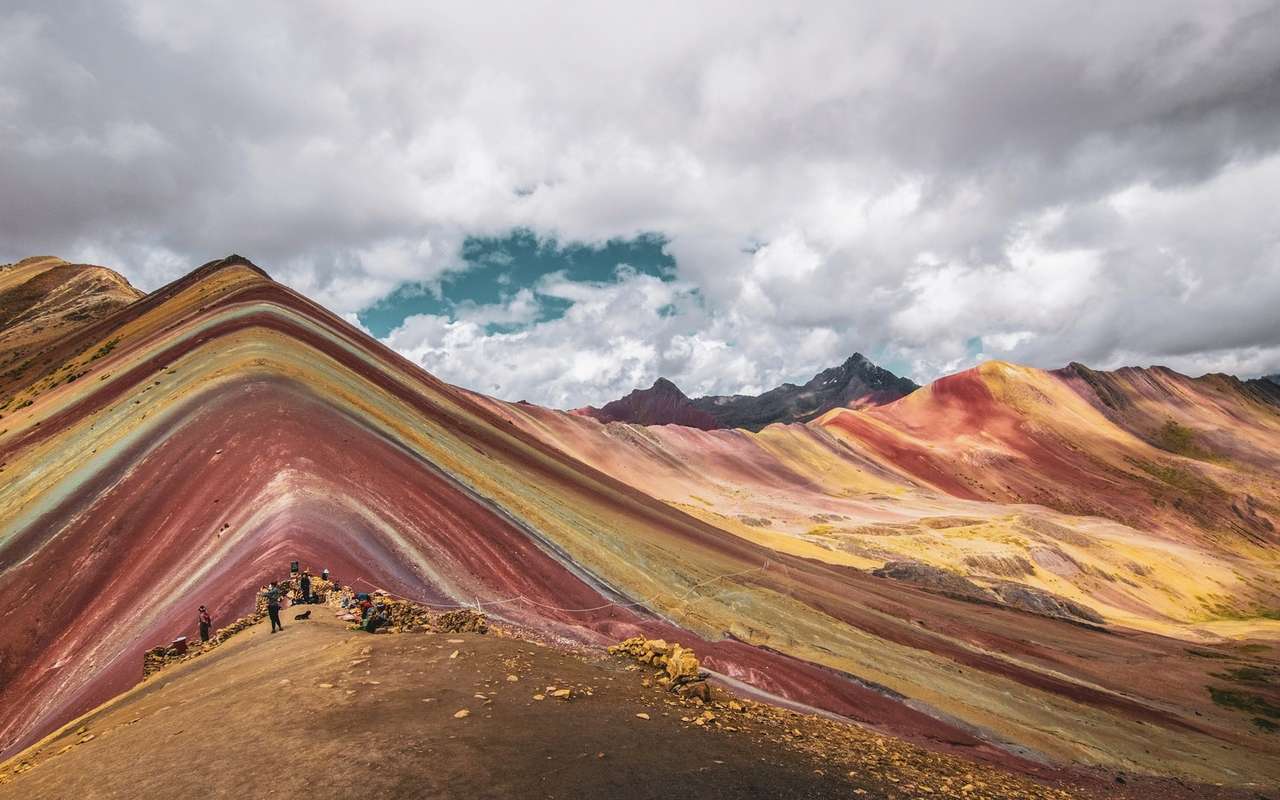
The Rainbow Mountain or “Vinicunca” lies just outside of Cusco; it stands at 5,200 meters and is one of the natural wonders. This part of the Andean mountains wasn’t known until late 2015.
It’s thought that Rainbow Mountain was originally under ice, but as the snow caps melted, it left behind mineral deposits that gave it its color.
The best time to see the Mountains is during the wet season; it’s when the colors are at their most vibrant. Ideally, you want it to rain the day before you go and have the sun shining while you hike.
You can plan day trips to this beautiful destination, but you’ll need a travel guide to take you.
Lake Titicaca
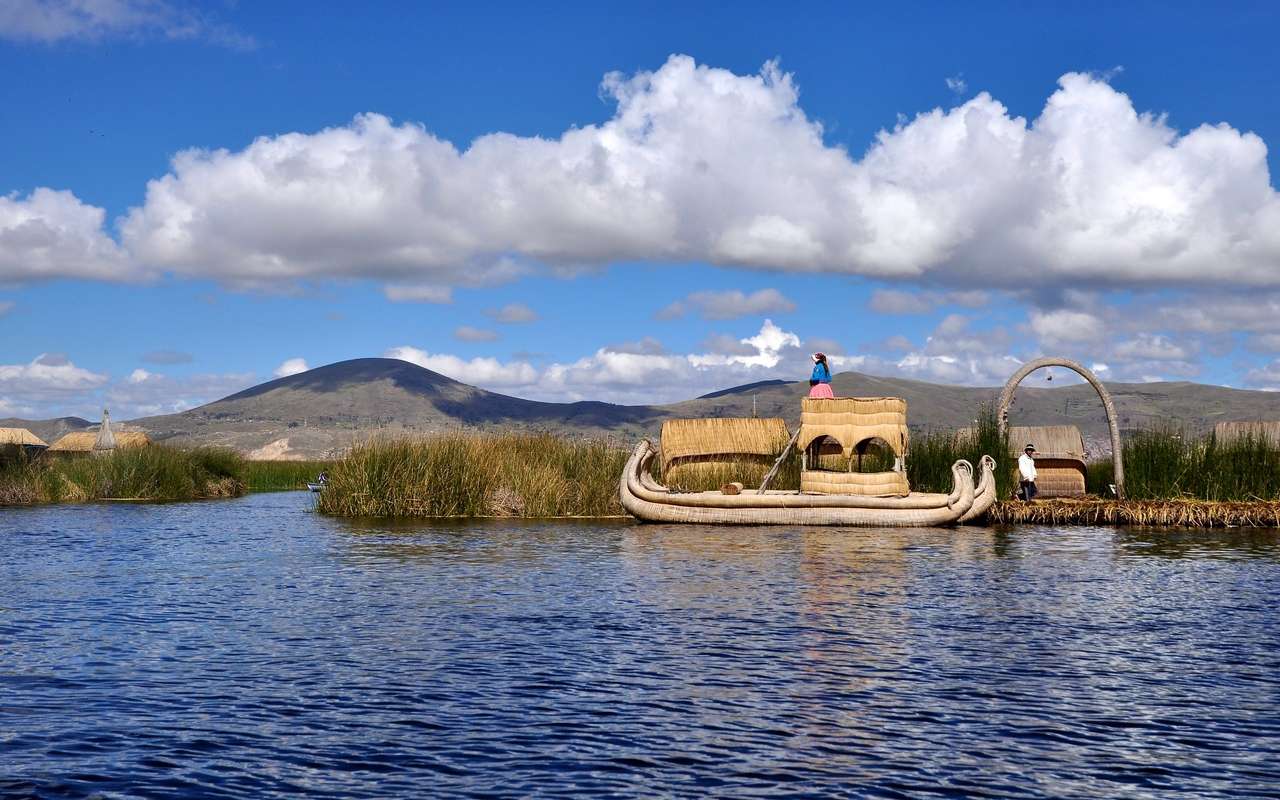
The last place we want to mention is the awe-inspiring Lake Titicaca. The Inca believed that the children of the Sun and Moon emerged from the waters of the lake.
The lake sits at 3,800 meters, is the largest navigable lake in South America, and is the highest in the world.
The name translates to “Rock of the Puma” because local communities thought the shape of the lake depicted the animal.
There are over 40 floating islands made with reeds and have been home to the Uru people for hundreds of years.
What You Need To Know Before Traveling To Peru?
Before you book your trip to Peru, there are a few things we should talk about first. Staying safe on your trip should be your primary concern, and these tips will help you do just that:
Don’t Drink The Water
Although Peru is a developed nation, the drinking water situation has not caught up. Drinking bottled water is vital unless you want to get terribly sick. Most hotels leave bottled water for you to clean your teeth.
Many people also try to avoid ice in their drinks for the same reason. If you get sick in Peru you need to make sure you have the right travel insurance:
|
World Nomads |
Why Choose Them? |
|---|---|
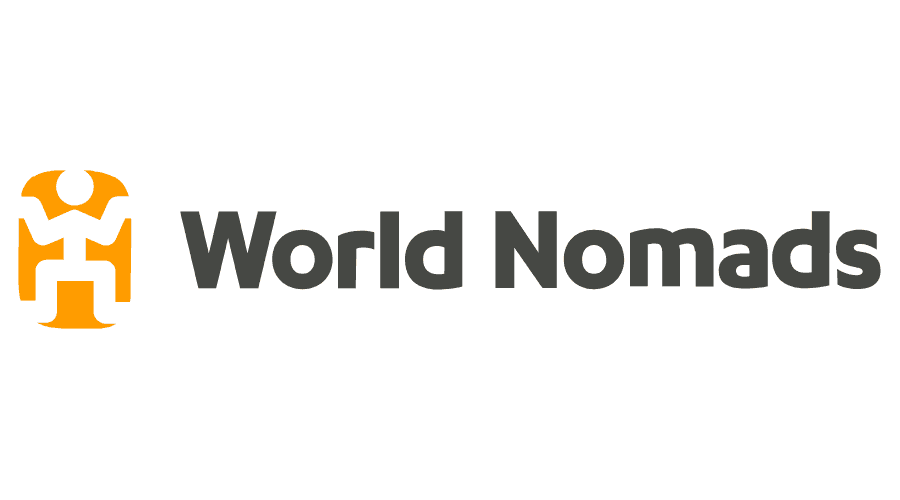 |
|
Be Careful When Visiting Ancient Sites
There have been reports of assault, petty theft, and armed robbery while people have been hiking the Inca trail. There have also been cases of people falling to their death while posing for a selfie.
You should keep in mind that the altitude can make you feel dizzy, making hiking the trail extremely dangerous.
Keep An Eye On Your Stuff
Violent crime is a problem in some areas, but pick-pocketing/petty theft is very common among travelers. Watch yourself in crowded areas and make sure you don’t make yourself a target.
Busy marketplaces, public transport, and restaurants are the most common areas for thieves, so be extra vigilant.
Keep Small Change On You
It’s a good idea to keep small bills on you at all times. One of the main reasons is if you need to go to the toilet. Many of the historical sites charge for using the toilet, and that’s something you don’t want to get caught out on.
Find Rentals Is Good Locations
There are a few places in Peru you should stay away from if you want to stay safe. To help you find the best locations use VRBO to find reputable vacation rentals.
What Is The Best Month To Travel To Peru?
Most people prefer to travel to Peru during the dry season between May and October, especially if they plan to go trekking. During these months, you can expect beautiful sunny days and blue skies as far as the eye can see.
From November to April, you’ll experience rain, but the wettest months are January to February.
The advantage of traveling during these months is the landscape is a lot greener, and flights and hotels are cheaper.
|
Kiwi.com |
Why Choose Them? |
|---|---|
 |
Competitive PricesPlan Your Full Trip From The WebsiteProvides Excellent SupportGet Price Alerts On The MoveManage Your Bookings |
If you’re looking to save money and find budget accommodation, these months are when you should visit Peru.
As for climate, it can vary from region to region, but here’s a rough outline of what you can expect.
- Coastal Areas: 68°F – 80°F
- Amazon: 84°F – 91°F
- Machu Picchu: 66°F – 68°F
As mentioned, this is just a rough guide and can vary, so don’t take our word as gospel!
Wrapping up!
All in all, with tons of stunning sites to explore, and colorful ancient culture, Peru is a destination full of adventures that everybody should experience at least once in a lifetime.
Learning Spanish before planning your trip not only will help you get around your destinations more easily and help you communicate fluently with the locals but totally enrich your travel Spanish experience.
Try a free private class or sign up for a 7-day free trial of our group classes to see how thousands of students are dominating the Spanish language with SpanishVIP.








